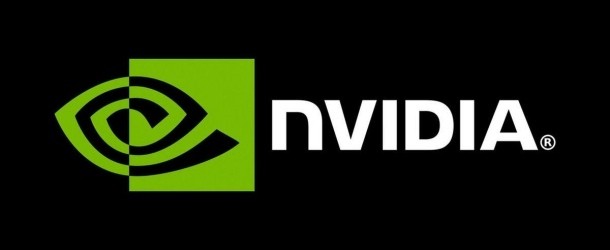Nvidia Entangled in Quantum Simulators

(NextPlatform) Nvidia sees enough opportunity in the quantum computing to make an announcement at their GTC event about the performance of quantum simulators using the DGX A100 and its own custom-cooked quantum development software stack, called CuQuantum.
After all, it is probably important for Nvidia to have some kind of stake in quantum before it ever takes off, especially in large-scale and scientific computing. What better way to get an insider view than to work with quantum hardware and software developers who are designing better codes and qubits via a benchmark and testing environment?
Most of the quantum hardware makers have their own tools for quantum circuit simulation. And aside from the commercially available Atos/Bull system, there are more than 300 quantum simulators in use today on different experimental (generally academic) platforms, according to one of the seminal survey/reviews on the state of quantum simulators. These are being developed not just to build better quantum devices and software, but to actually solve practical problems as a distinct approach to computing.
Since Nvidia’s humble beginning in gaming graphics it has had an almost supernatural ability to be years ahead with emerging technologies, giving it a leadership edge when it finally hits mainstream. This was the case with its work in supercomputing and deep learning and if today is any indication, it might just be planning its future route in quantum computing.
CEO Jensen Huang made it clear Nvidia is tracking quantum requirements, albeit on the software and simulation side for now. He touched on recent work making quantum simulations faster. This means the company is putting at least some stock in where quantum is headed, enough to develop a CuDNN-like software stack to support quantum simulations.
CuQuantum aims to do for quantum what CuDNN did for deep learning, Huang said, pointing to early work using the SDK at Caltech where a state vector benchmark that took ten days on a dual-CPU server could be cut to two hours using a DGX A100 with the CuQuantum stack.



















